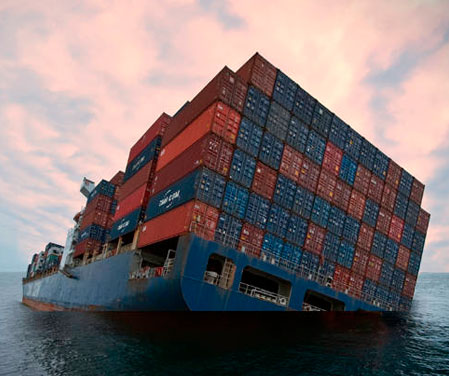1. Vendor Support: Independent of the K8s distribution PKS or Openshift or GKE the availability of vendor supported images and deployment models via helm or operators. Who will support us on the platform ? Will we get a single throat to choke ? See IBM support model for containers here. Oracle Weblogic guidance for containers.
2. Upgrades including Security: Upgrade and patching of the said COTs software and apps packed in the images. Since you bring your own image in Docker it behooves the app owner to update the entire stack OS, JVM. App-Server/middleware and the app itself. Are best practices being followed for container creation ?
3. State: Usually when containerizing legacy apps the intent is to do 0 refactoring of the app itself => this leads to embedded state within the app. This complicates the deployment and day-2 ops of the app on K8s ranging from autoscaling , liveliness and readiness probes and proper use of stateful sets.
4. Plethora of choices: In the K8s world there are five ways of doing anything. Lets take service discovery for example - Do you want to use native DNS, cluster-IP, Istio sidecar, environment variables, OSBAPI service brokers, Eureka, client based or server based discovery. Picking the right one for your technical stack is a drag that most ignore. These choices multiple as you consider logging, security, metrics etc., This is where PKS/Pivotal/AppTx can help. We know what works for you.
5. Day-2 App Ops: Very few understand how to operationally keep a fleet of K8s clusters alive. The care and feeding of a K8s cluster requires a level of operational maturity that is hard to visualize and estimate. The care and feeding of your K8s cluster and the pods is usually an after-thought.
6. ROI: Show me the Money? : There is a wave of buzzwords raining down on the industry right now - microservices, serverless, devops, containers, agile, etc.,. The return on investment by rehosting, refactoring, replatforming or rebuilding/retiring an application is NOT clear. Developers follow mandates from the top. Is containerization really the right choice for your technical and business outcomes ? Is this a strategic play or a tactical play. All these options needs to be considered before a decision is made to containerize your legacy app. Pivotal AppTx has a structured funnel approach see here to make the right choice. What is the right choice from P to V to C [link]. Remember CaaS is only a means to the end. If the end is unclear you may not be making the right choices along the way.
7. Code Provenance: Dude where is the source code ? : Sometimes the provenance of the code of the legacy app cannot be established. The source code is owned by a third-party partner who has been maintaining the app for years. Development happens offshore with only a few key customer coordinators who manage the project from on-shore. In such a situation the outsourced partner has little incentive to containerize and eliminate waste because it translates to a material impact on consulting `$$$`. This is really a question of alignment of priorities between you and any major offshore partner.
8. Process: I am a big fan of the Theory of Constraints by Dr. Eliyahu Goldratt. The Theory of Constraints is a methodology for identifying the most important limiting factor (i.e. constraint) that stands in the way of achieving a goal and then systematically improving that constraint until it is no longer the limiting factor. If you don't eliminate the top bottlenecks you may be solving the wrong problem. How do you pick the right set of workloads to be run at the right level of abstraction. Have you eliminated waste in your release management process. There is no point in optimizing the 20% of the time spent in developing the software and keeping the 80% of the time spent in Q&A and release gates intact.
9. Resiliency: Often packaging an app in containers changes the environment and assumptions of the app enough to have a detrimental effect on the stability of the app. You have to be careful about how the application is dockerized and run in K8s. The inherent assumption in all the container orchestrators is that the container is fungible and location transparent. If the legacy app violates these constraints then you are fitting a round peg in square hole.
10. Skills: The subset of developers who understand cloud native and furthermore Kubernetes and Platform as a Service is small. K8s is a fast moving target. Significant features show up in releases in alpha or beta form every 3 months. It is critical that your application is written with cloud native principles thereby making it cloud agnostic therefore enabling it to consume these platform features whenever and as soon as they show up. It is critical to architect and develop the legacy or greenfield application in the right way to ride the surf waves of K8s releases.


No comments:
Post a Comment
Note: Only a member of this blog may post a comment.